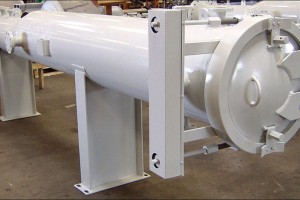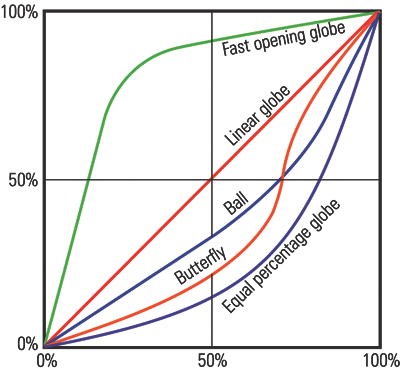Metrology definitions
By definition, metrology is the science and practice of measurement. Metrology word comes from the Greek word ''metro'', which means measure.
Here is a list of metrology related definitions for frequently used terms in the science of measurement. These definitions of metrology terms also give you a good overview of the work involved in this field.
Calibration
Calibration is a comparison of two measurement devices or systems, one of known uncertainty (standard) and one of unknown uncertainty (your test equipment or instrument). All test equipment that make a quantitative measurement require calibration from time to time. There are numerous every-day applications proving how useful calibration is: Without calibration, or by using incorrect calibration procedures, we pay more at the gas pump, for food weighed incorrectly at the checkout counter, and for manufactured goods that do not meet their stated specifications.
Traceability
Traceability is the property of a measurement or the value of a standard whereby it can be related to stated references, usually national or international standards, through a valid chain of calibrations all having stated uncertainties.
Validation
Validation of measurement and test methods (procedures) is generally necessary to demonstrate that the methods are suitable for the intended use.
Non-linearity
Non-linearity is the maximum deviation of a transducer’s output from a defined straight line.
Resolution
Resolution is the smallest interval that can be read between two readings.
Sensitivity
Sensitivity is the smallest variation in input, which can be detected as an output. Good resolution is usually a prerequisite in order to detect sensitivity.
Hysteresis
The deviation in output at any point within the instrument’s sensing range, when first approaching this point with increasing values, and then with decreasing values.
Repeatability
Repeatability is the capability of an instrument to give the same output among repeated inputs of the same value over a period of time.
Stability
Often referred to also as drift, stability is expressed as the change in percentage in the calibrated output of an instrument over a specified period, usually 90 days to 12 months, under normal operating conditions. Drift is usually given as a typical value.
Accuracy
Accuracy figures state the closeness of a measured value to a known reference value. It must also be checked if errors like non-linearity, hysteresis, temperature effects etc. are included in the accuracy figures provided.
Uncertainty
Uncertainty is an estimate of the limits, at a given confidence level, which contain the true value.
Tolerance
A tolerance is a design feature that defines limits within which a quality characteristic is supposed to be on individual parts. It represents the maximum allowable deviation from a specified value. Tolerances are applied during design and manufacturing stage of a product.




